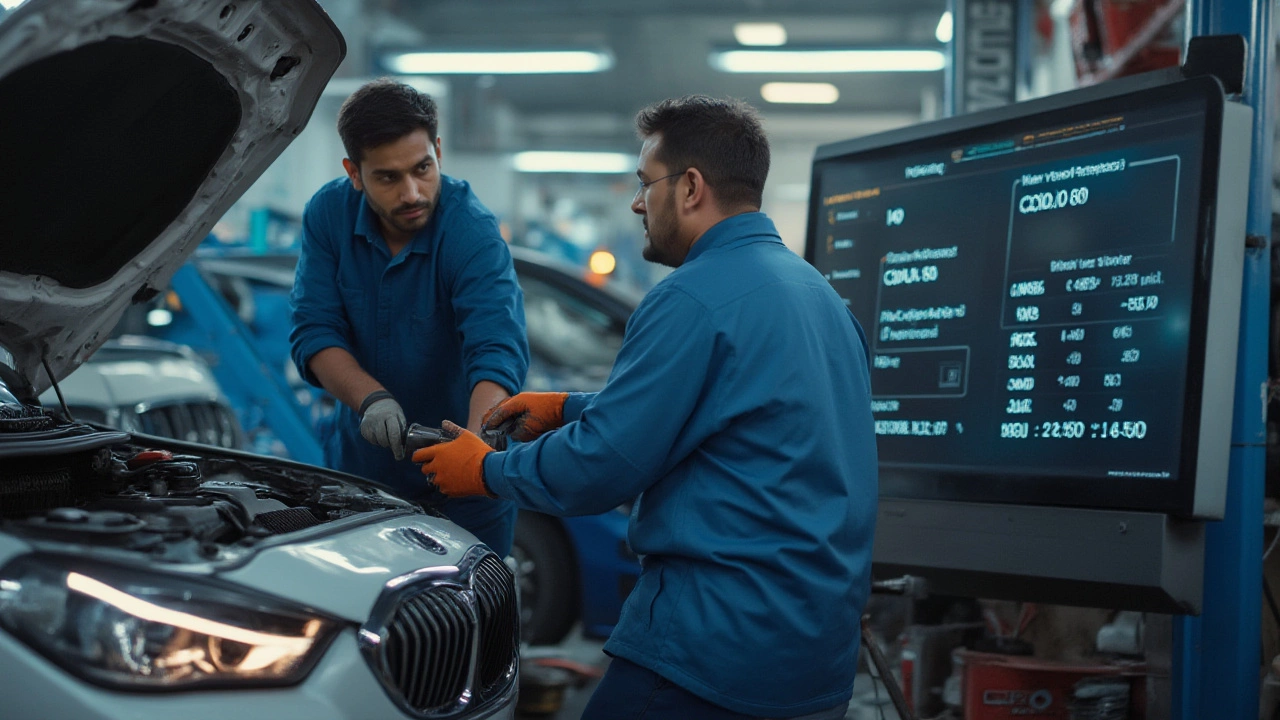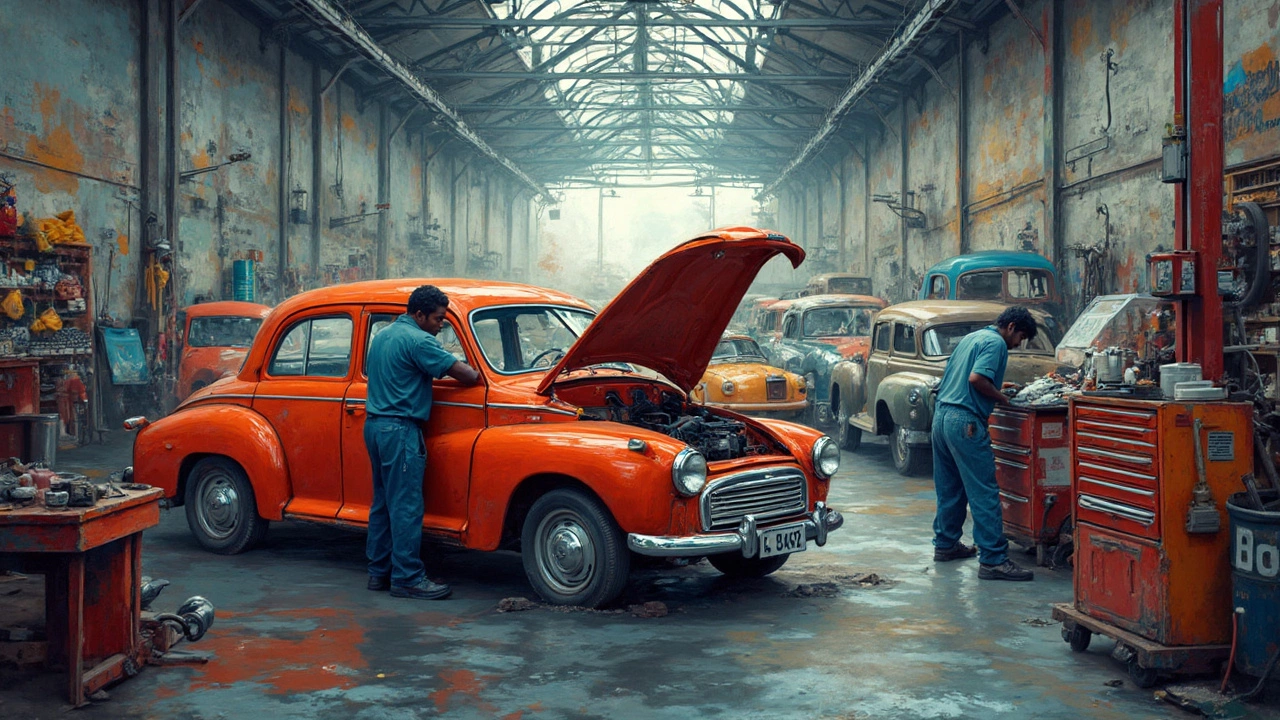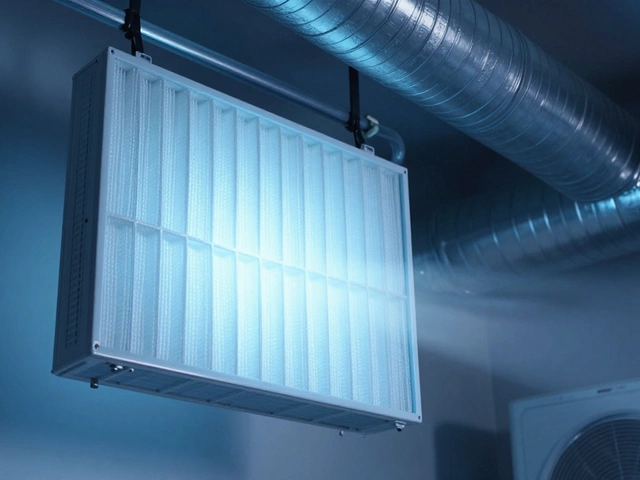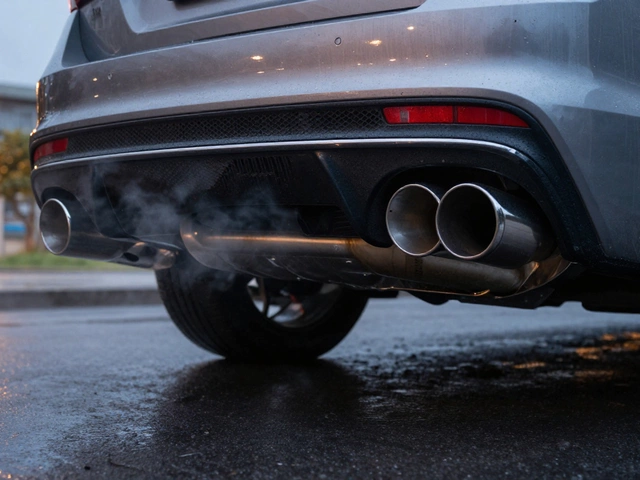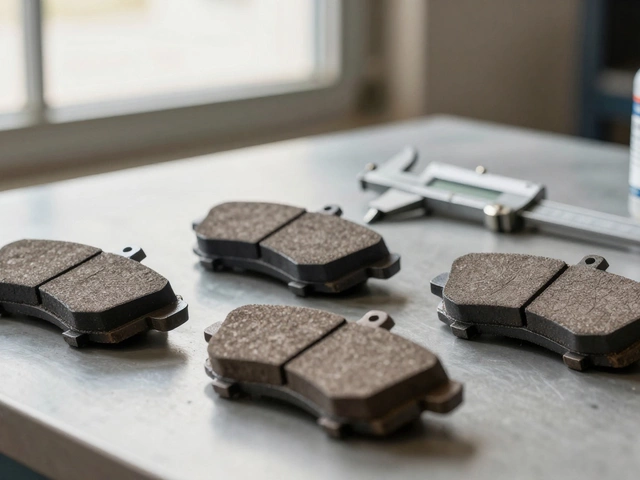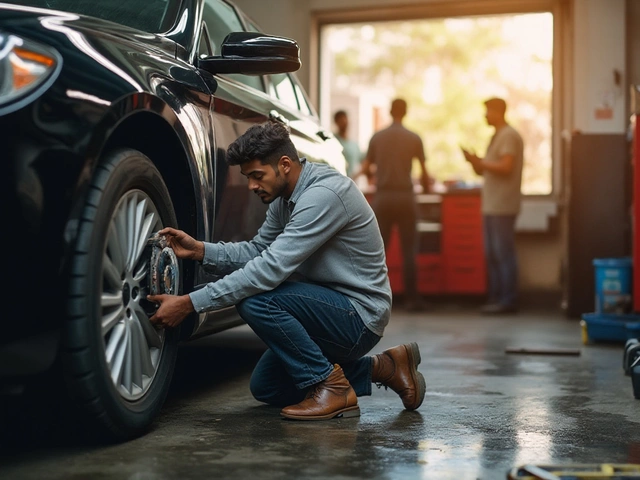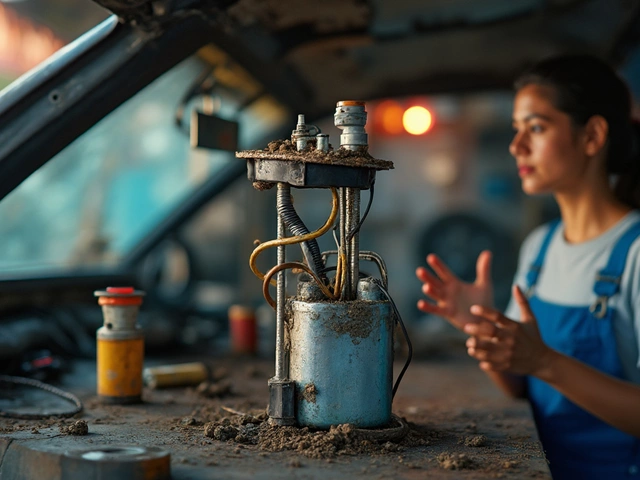Radiators: What Every Driver Should Know
If you’ve ever seen steam rising from your hood, you know a radiator problem can turn a normal drive into a nightmare. But most radiator issues are avoidable, and fixing them doesn’t have to break the bank. In this guide we’ll break down the biggest questions you have – how much a replacement costs, when a cracked unit can be sealed, and why you shouldn’t ignore early warning signs.
How Much Does a Radiator Replacement Really Cost?
Most people think the price tag is a mystery, but the numbers are pretty clear. In 2025 the average radiator part runs between $150 and $300, while labor adds another $100‑$200 depending on the shop and vehicle type. Luxury models can push the parts price above $500, but that’s the exception, not the rule.
What drives the cost up? A few things: the make of the car, how easy the radiator is to access, and whether you need extra coolant system components like a new thermostat or hoses. If you’re comfortable lifting the front of the car, a DIY swap can shave off the labor fee entirely. Just be sure you have the right tools and a clean workspace – a rushed job can lead to leaks later.
DIY Fixes: When Can You Seal a Cracked Radiator?
Not every crack means a full replacement. Small hairline cracks in the radiator core or tank can sometimes be sealed with a high‑temperature epoxy or a specialized radiator sealant. The key is to act fast: once the coolant starts leaking, corrosion can spread and make the crack worse.
Here’s a quick checklist to see if a sealant will work:
- Make sure the crack is less than ¼ inch wide.
- The area around the crack should be clean and dry.
- You have a reliable sealant that’s rated for engine temperatures (usually up to 500°F).
If those boxes are checked, you can apply the sealant, let it cure per the instructions, and then refill the system. Watch the temperature gauge for the first 30 minutes of driving – any rise means the fix failed and it’s time for a replacement.
Still, many experts recommend replacing the radiator if you notice any of these red flags: persistent overheating, coolant loss after a short drive, or visible rust and corrosion on the radiator fins. Ignoring those signs can damage the engine head, which is far more expensive than a new radiator.
Beyond repairs, regular maintenance goes a long way. Check the coolant level monthly, flush the system every two years, and keep the front grille clear of debris. A clean flow of air helps the radiator do its job without working overtime.
Whether you’re buying a replacement, trying a seal, or just staying on top of maintenance, the goal is simple: keep the engine temperature in the sweet spot and avoid costly breakdowns. Use the tips above to decide if you can save a few bucks yourself or if it’s smarter to let a pro handle it. Your car will thank you with smoother rides and fewer trips to the mechanic.
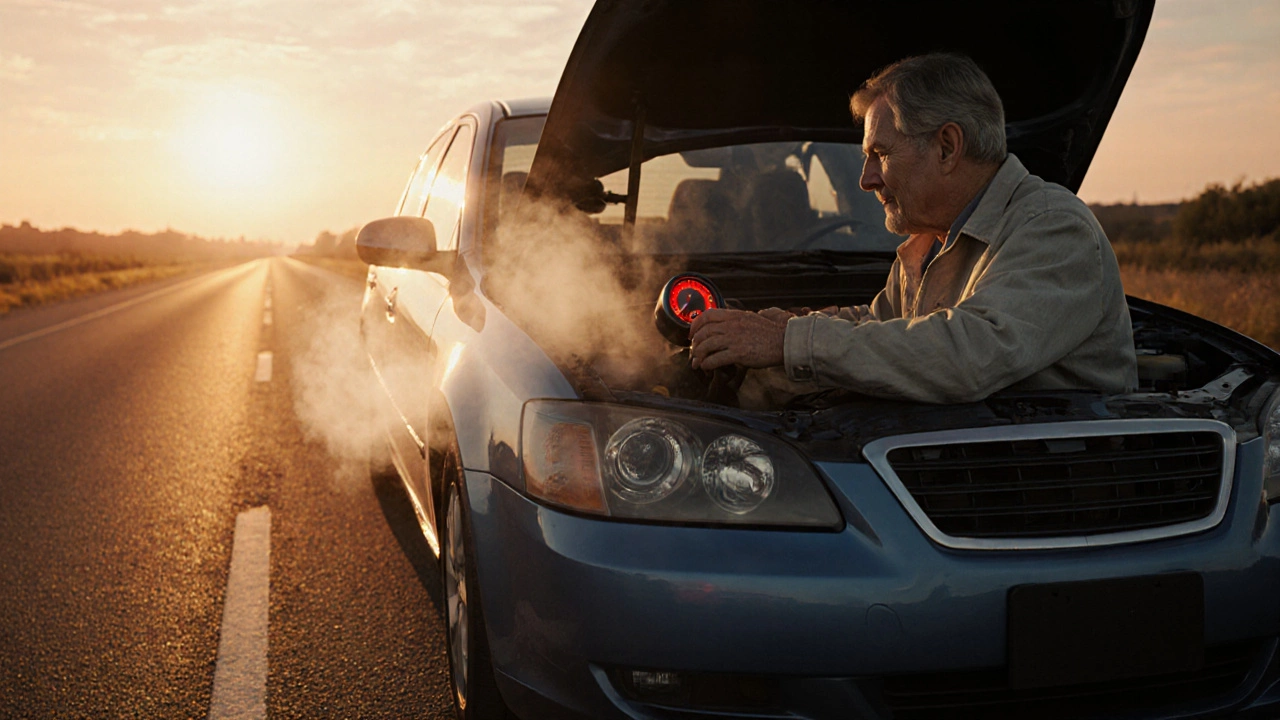
Driving with a Bad Radiator: Risks, Signs, and What to Do
Learn why driving with a bad radiator is risky, how to spot the signs, short‑term fixes, and when to seek repair. Stay safe and avoid costly engine damage.
CONTINUE READING
Can You Drive with a Bad Radiator? Risks, Effects, and What to Do
Wondering if your car can run with a bad radiator? Learn how radiator failure really affects your engine, the true risks you face, and what you should do if your cooling system is in trouble.
CONTINUE READING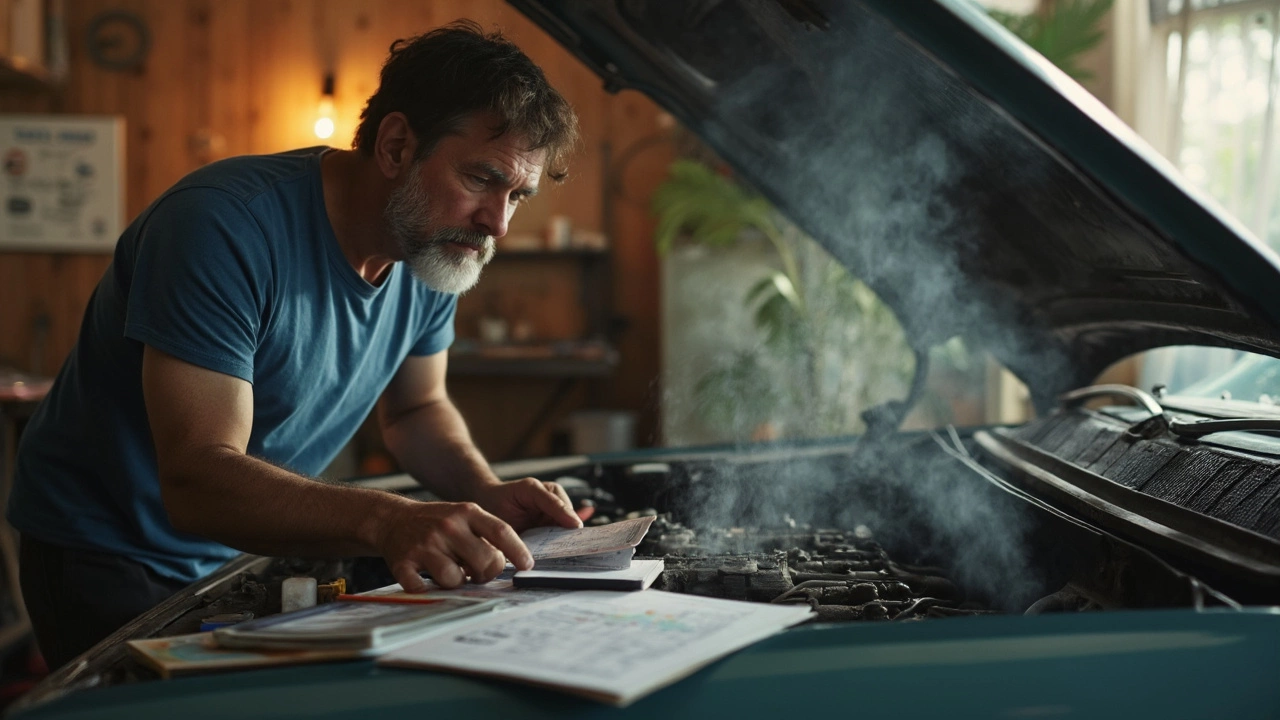
Car Radiator Replacement: Is It Really Worth the Cost?
Thinking about replacing your car's radiator? This article digs into when it actually makes sense and what you might face if you put it off. You'll get straight answers about costs, symptoms, and smart tips to keep your car cool and your wallet safe. Whether you drive an old Honda or a newer truck, these facts can help you make the right call. No jargon—just the info you need to keep your ride running smoothly.
CONTINUE READING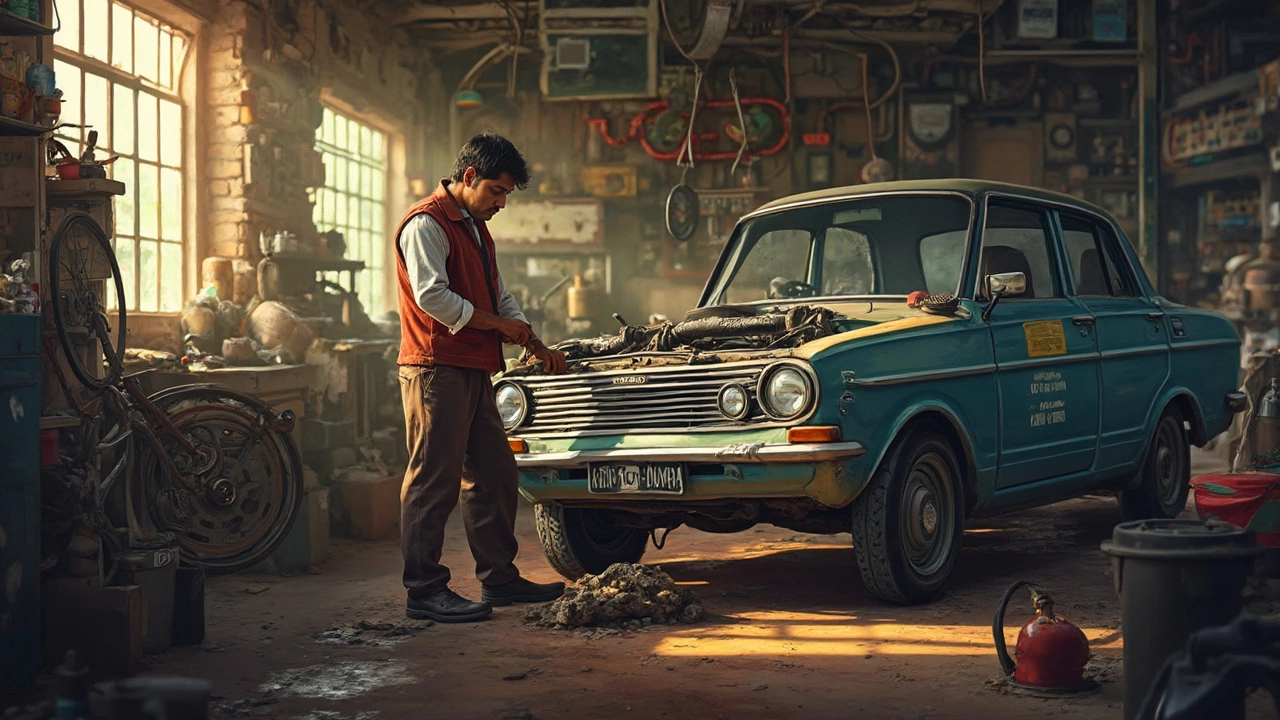
Why Do Car Radiators Fail? Discover the Surprising Reasons
Car radiators are essential for keeping engines cool, but they can fail unexpectedly. Often overlooked, minor leaks or blocked airflow can lead to overheating. Regular maintenance checks can prevent these issues, saving you from costly repairs. Understanding the common causes of radiator problems is key to avoiding breakdowns.
CONTINUE READING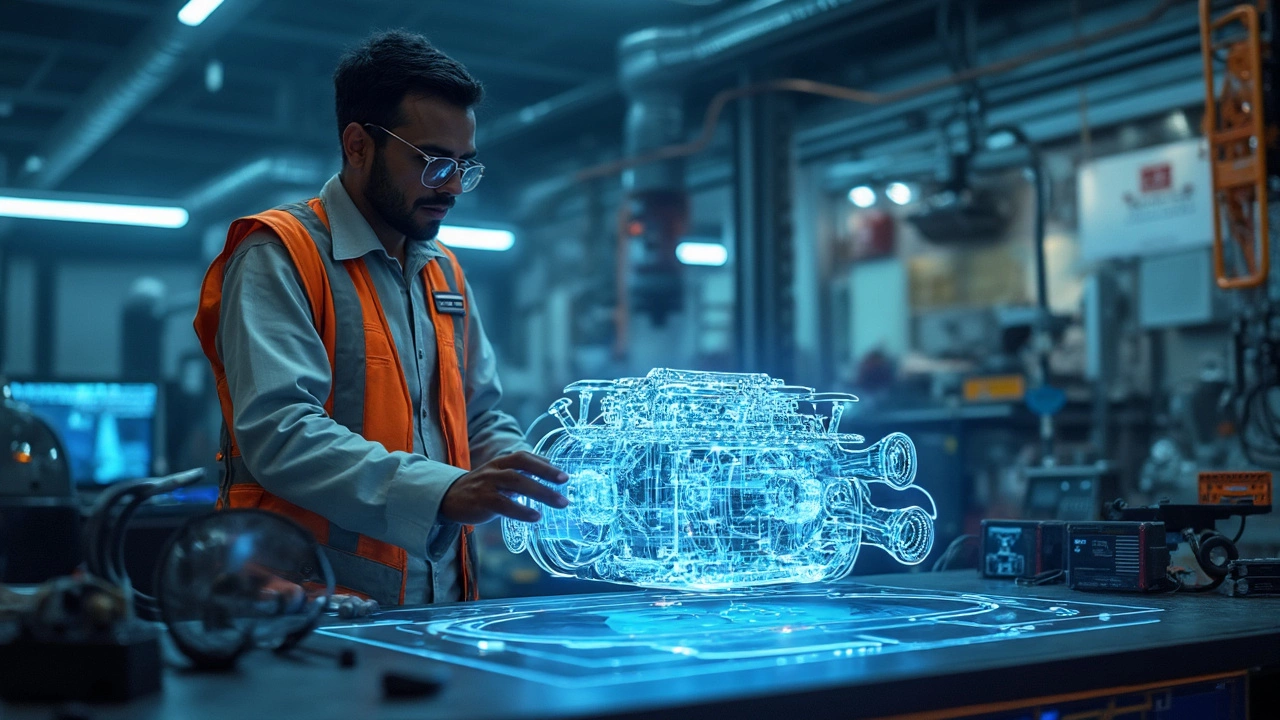
Do Cars Still Have Radiators in 2025?
Car radiators have long been an essential component for keeping engines cool, but with the advancement of automotive technology, many wonder if they still have a place in modern vehicles. This article explores the current state of radiators, how they function, and their importance in today's cars. Discover interesting facts about this pivotal part and learn what role they play in the evolution of engine cooling systems. Get practical tips on maintaining your car radiator to ensure it's operating efficiently.
CONTINUE READING